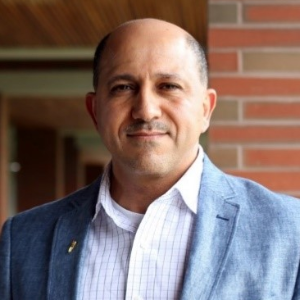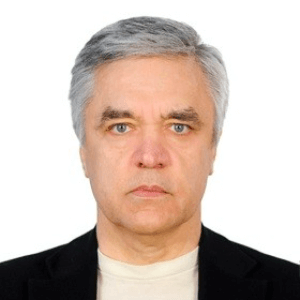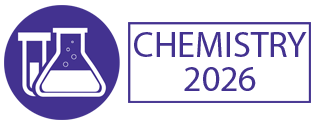Immunological Approaches
Immunological Approaches Are Increasingly Used To Provide Information For Chemical Analyses. Immunological Assays Detect And Measure Specific Target Molecules Using Antibodies In A Precise And Sensitive Manner. These Techniques Have Been Used To Detect A Variety Of Small Molecules (Such As Drugs, Metabolites, Environmental Pollutants), Large Molecules (Such As Biopolymers, Post-Translational Modifications, Cell Surface Receptors) And Nucleic Acids. Immunochemical Techniques Offer Many Advantages Over Traditional Biochemical Assays, Such As Higher Sensitivity, Specificity, And Accuracy. Additionally, These Assays Are Relatively Rapid To Perform. Highly Selective Antibodies Can Be Selected For Target Molecules, Making These Techniques Particularly Useful For Measuring Trace Levels Of Compounds That May Not Be Detectable Using Other Methods. Immunochemical Assays Rely On An Antigen-Antibody Reaction Mediated By A Labeled Antibody And A Target Molecule. Antibodies Can Be Conjugated To Various Labels, Such As Fluorescent Or Radioactive Tags Or Enzyme-Linked Immunosorbent Assays, And Are Used To Detect And Quantify A Particular Analyte. Additionally, They Are Used In Immunoprecipitation Techniques To Isolate And Purify Target Molecules. These Techniques Can Be Used To Quantitatively Determine Complex Multi-Component Mixtures Or Qualitative Detect For The Presence Of Certain Molecules. Immunochemical Techniques Are Now Commonly Used In Many Chemistry Laboratories For A Variety Of Applications, From Flow-Cytometry To Isotope-Dilution Mass Spectrometry. With The Increasing Popularity Of Proteomics And Metabolomics Research, Immunological Approaches Have Become Invaluable Tools In Analyzing Large Datasets. Furthermore, They Provide A Rapid And Sensitive Method For Detecting And Measuring Molecules, Which Can Provide Valuable Insight Into Biological Processes And Disease States.

Hossam A Gabbar
Ontario Tech University, Canada
Victor John Law
University College Dublin, Ireland
Alexander Bagaturyants
National Research Nuclear University MEPhI, Russian Federation
Sergey Suchkov
N.D. Zelinskii Institute for Organic Chemistry of the Russian Academy of Sciences, Russian Federation
Shree Niwas Chaturvedi
Centre for Aptitude Analysis and Talent Search, India
Pieter Samyn
SIRRIS, Belgium




Title : Advances in plasma-based radioactive waste treatment
Hossam A Gabbar, Ontario Tech University, Canada
Title : Unraveling the ultrastructure and functions of the neuronal membrane skeleton using super-resolution fluorescence microscopy
Zhou Ruobo, Djillali Liabes University of Sidi Bel Abbes, Algeria
Title : Solar box cooker dehydration, and relative humidity endpoint detection, of lamiaceae culinary leaves on the island of Crete
Victor John Law, University College Dublin, Ireland
Title : Nutrient and heavy metal loads from the Ribeiras to Coastal zones: A land-ocean continuum perspective in Madeira Island
Aracelis Del Carmen Narayan Rajnauth, University of Porto, Portugal
Title : Prospective polyoxometalate-based covalent organic framework heterogeneous catalysts
Arash Ebrahimi, Comenius University Bratislava, Slovenia
Title : Eliminating implant failure in humans with nano chemistry: 30,000 cases and counting
Thomas J Webster, Brown University, United States